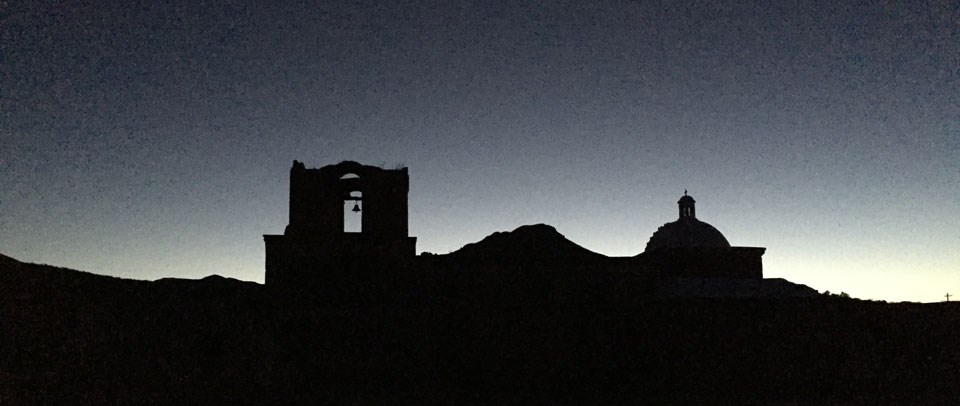
NPS Photo The night sky is a treasured landscape resource for all people. Throughout the centuries, it has been a rich source of beauty, inspiring diverse religious and cultural beliefs about the origin of the universe and life on earth. Experiencing the sky at night over so many centuries has brought human beings new perspectives, inspiration, a connection with the beyond, and has helped us reflect on our place in the universe. Whether we're drawn to the sky by an interest in science, history, or the spiritual, a naturally dark night sky is not only a scenic canvas; it is part of our ecosystem that supports natural and cultural resources.
Visit our keyboard shortcuts docs for details
The dark night sky is a precious resource, one that affects wildlife and human health alike. And although outdoor lighting can obscure it, there are many simple adjustments we can make in our own communities to ensure everyone can share in the wonder of the night sky. 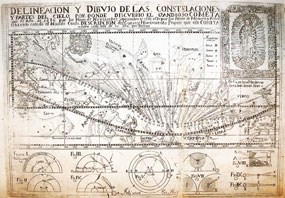
The Astronomer MissionaryWhen Eusebio Francisco Kino arrived at Tumacácori, it had only been 58 years since Galileo had been summoned by the Catholic inquisition on heresy charges for his belief that the planets revolved around the sun. Father Kino was a man of science who studied and practiced astronomy and was also widely known as a mathematician and cartographer. Like so many people who had lived before him, and like many of us today, he was fascinated with the night sky and curious about the origin and meaning of all that lies above the earth. 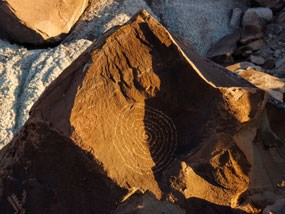
NPS Photo Indigeous Perspectives on the Night SkyFor thousands of years, humans have brought their cultural beliefs, curiosity and wonder to viewing the night sky. Many ancient southwestern American cultures including the Hohokam people of this area, used astronomy to guide seasonal agricultural practices and ceremonies and marked the solstice and equinoxes as key points in the annual calendar. 
NPS Photo Night and WildlifeAlmost half the wildlife species on our planet are nocturnal or active at night. For these animals, the absence of light is part of their habitat. Darkness allows nocturnal animals to hide from predators, and to navigate and nest undisturbed. Many animals also utilize the protection of darkness to participate in activities such as foraging and mating. Scientists believe that birds utilize stars to fly at night and can be thrown off course by lights. Mammals such as pallid bats (Antrozous pallidus) found at Tumacácori, may suffer additional exposure to predators and have difficulty finding food due to light interference. Living beings (including humans) also rely on the Earth’s regular day and night rhythm to regulate internal cycles including sleeping and eating. 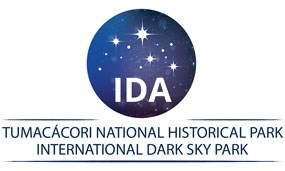
Protecting Dark Night SkiesWith the loss of night-sky quality over the last five decades, this resource has become nationally significant. Many of the darkest night skies in the country are now found within national park boundaries. At Tumacácori and other national parks that interpret important cultural, ecological and historical sites, natural dark skies are part of the essential resources that the National Park System seeks to protect for future generations. 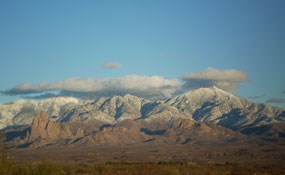
NPS Photo Nearby Observatories and Tribal LandsBeautiful mountaintops near Tumacácori are home to several astronomical observatories including Mount Graham International Observatory, the Fred Lawrence Whipple Observatory on Mount Hopkins, and Kitt Peak National Observatory which is located in the Schuk Toak District of the Tohono O'odham Nation. These institutions undertake stunning international astronomical scientific discovery. |
Last updated: May 6, 2025
